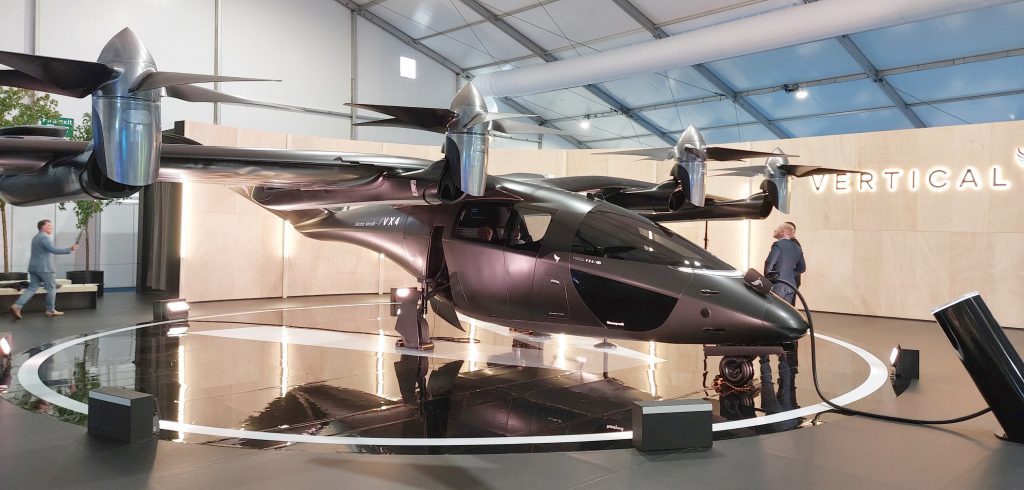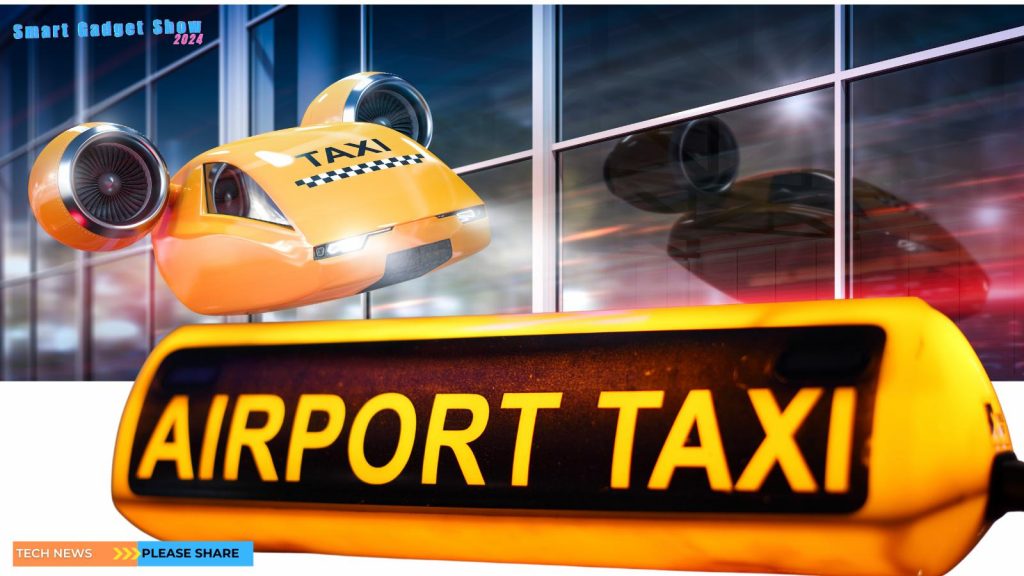The skies of the UK are poised for an exciting transformation, with the inaugural flying taxi set to soar as early as 2026. Following the government’s optimistic projections, these futuristic vehicles could become a common spectacle in our skies by 2028, heralding a new era of innovative transportation.
The Future of Flight action plan announced by the Department for Transport (DfT) today (18 March 2024), created with the aerospace industry, predicts flying taxis with pilots in 2026 and fully driverless taxis by 2030. Drones for deliveries and other uses could be common as soon as 2027.
Setting out a roadmap for drones and novel electric aircraft in the UK, the plan details how technology once confined to the realm of sci-fi could transform our skies, with studies estimating drone technology could boost the UK economy by £45 billion by the end of the decade.

The government’s ambitious plan for flying taxis coincides with a visit by the minister to Vertical Aerospace in Bristol. This British company is at the forefront of aviation innovation, developing greener and quieter flying taxis. These advancements are fueled by breakthroughs in battery technology, making the vehicles lightweight for sustained flight and powerful enough for significant journeys.
However, experts say the infrastructure needs to improve if this is to become a reality for potential passengers.
“From flying taxis to emergency service drones, we’re making sure the UK is at the forefront of this dramatic shift in transportation – improving people’s lives and boosting the economy,” Aviation and Technology Minister Anthony Browne said.
Some uses required would be unmanned drones including transporting medical supplies, delivering post in rural areas and tracking down criminals on the run.
The Department for Transport also plans to allow drones to fly beyond the visual line of sight – meaning the person controlling the drone cannot see it in the air.
Challenges include building infrastructure for take-off and landing, as well as convincing people to use them. Experts say improvements in security screening and convenience are key to wider adoption.
The government’s report gives an example of flying from Liverpool to Leeds in 26 minutes.
The convenience would also have to be demonstrated to the wider public through technological advances in security screening.
The PwC report assumes a scenario where it takes 10 minutes from arrival at a flying taxi rank to taking off – currently challenging, given the length of time it takes to get through a conventional airport.
“The industry knows this is a problem and knows it has to be solved… But there are technological ways of doing this,” Mr Roberts says.
“What was holding this back for a long time was the barriers to certification of a new technology,” says Dr Nadjim Horri, lecturer in aerospace control at the University of Leicester.
However, regulations are catching up with the technology and public confidence could grow as they see these vehicles in action.
The plan faces hurdles besides public perception. New infrastructure, like mini airports for drones, would need to be built across the UK.
A test “mini airport” ran for a month in a Coventry car park in 2022. The company behind it envisions these hubs in city centers, but admits the UK lacks investment in such infrastructure.
While the government aims for regular flying taxis by 2028, some, like the head of the mini-airport company, find this timeline ambitious. They believe building take-off and landing zones is crucial, and so far, only one vertiport (vertical vehicle airport) is planned for this year, with no further trials since the initial demonstration.
However, industry leaders agree that outlining a plan is a necessary step forward, despite the challenges.
The Civil Aviation Authority (CAA), the country’s aviation regulator, is seeking input on how to design vertiports for existing aerodromes. These vertiports would be designated areas for electric vertical take-off and landing (eVTOL) aircraft, also known as flying taxis.








